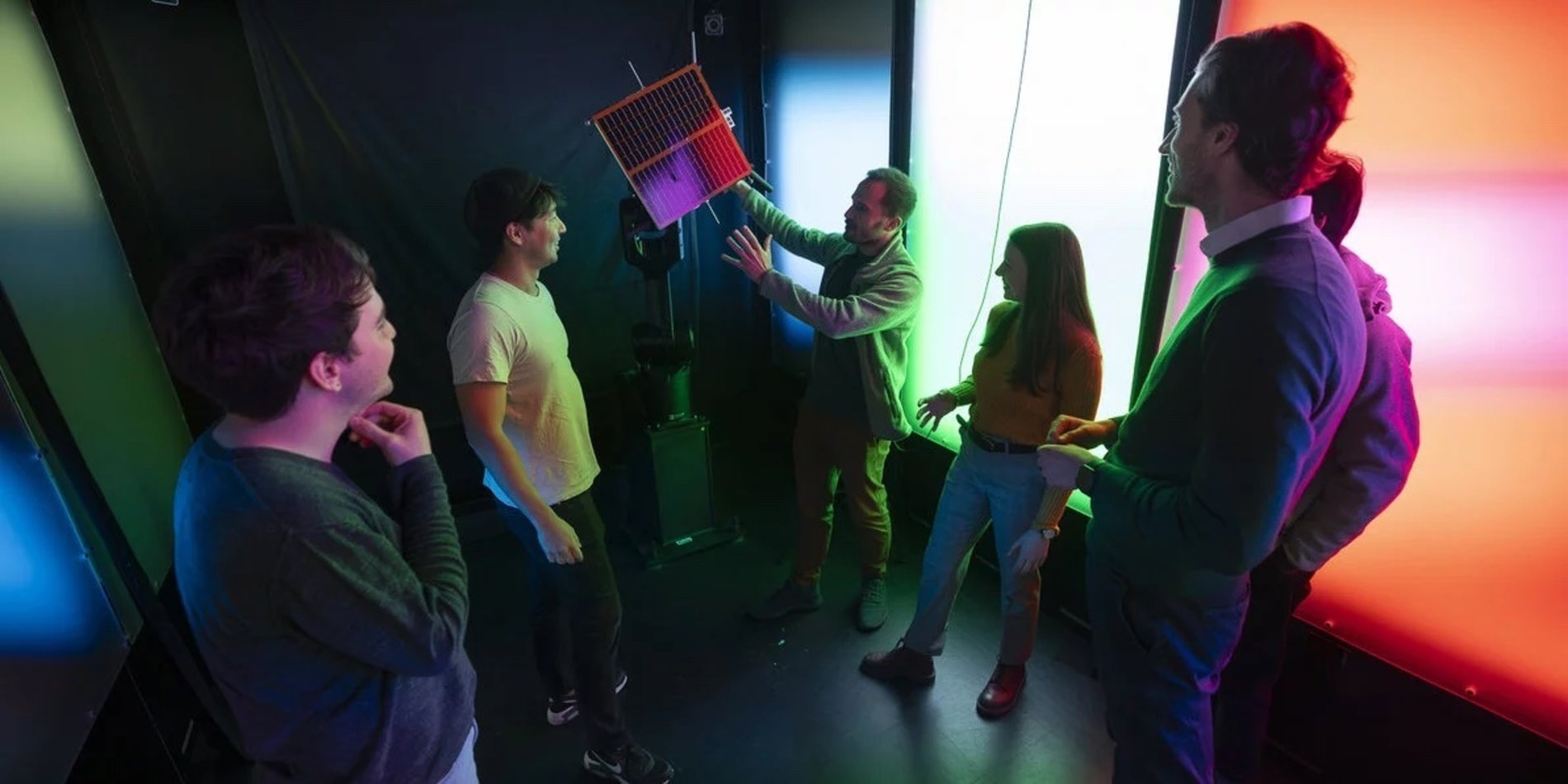ICME Seminars Featuring Julia: Watch Now
In April 2015, ICME was pleased to host MIT researchers and Julia developers. Two of the visitors, Andreas Noack and Jiahao Chen, spoke in our Linear Algebra and Optimization seminar series. Their talks are now available to view on the ICME Studio YouTube channel: https://www.youtube.com/user/ICMEStudio.
Julia (http://julialang.org/) is a new programming language for technical computing. It provides a familiar and convenient syntax for productive programming as well as just-in-time compilation for performance. We at ICME are using Julia in many ways and are excited about the future of the project.
Andreas Noack, MIT CSAIL
Fast and flexible linear algebra in Julia
Watch now: http://youtu.be/VS0fnUOAKpI
Applied scientists often develop computer programs exploratively, where data examination, manipulation, visualization and code development are tightly coupled. Traditionally, the programming languages used are slow, with performance critical computations relegated to library code written in languages on the other side of Ousterhout's dichotomy, e.g. LAPACK. I will introduce the Julia programming language and argue that it is well suited for computational linear algebra. Julia provides features for exploratory program development, but the language itself can be almost as fast as C and Fortran. Furthermore, Julia's rich type system makes it possible to extend linear algebra functions with user defined element types, such as finite fields or strings with algebraic structured attached. I will show examples of Julia programs that are relatively simple, yet fast and flexible at the same time. Finally, the potential and challenges for parallel linear algebra in Julia will be discussed.
Jiahao Chen, MIT CSAIL
Free probability, random matrices and disorder in organic semiconductors
Watch Now: http://youtu.be/68yy33jOkOs
Random matrix theory has long been used to study the spectral properties of physical systems, and has led to a rich interplay between probability theory and physics [1]. Historically, random matrices have been used to model physical systems with random fluctuations, or systems whose eigenproblems were too difficult to solve numerically. This talk explores applications of RMT to the physics of disorder in organic semiconductors [2,3]. Revisiting the old problem of Anderson localization [4] has shed new light on the emerging field of free probability theory [5]. I will discuss the implications of free probabilistic ideas for finite-dimensional random matrices [6], as well as some hypotheses about eigenvector locality. Algorithms are available in the RandomMatrices.jl package [7] written for the Julia programming language.


